Karel Veselý
BUT CHiME-7 system description
Oct 18, 2023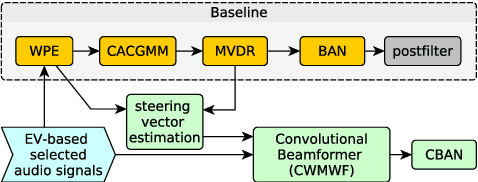
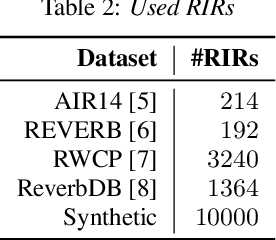


Abstract:This paper describes the joint effort of Brno University of Technology (BUT), AGH University of Krakow and University of Buenos Aires on the development of Automatic Speech Recognition systems for the CHiME-7 Challenge. We train and evaluate various end-to-end models with several toolkits. We heavily relied on Guided Source Separation (GSS) to convert multi-channel audio to single channel. The ASR is leveraging speech representations from models pre-trained by self-supervised learning, and we do a fusion of several ASR systems. In addition, we modified external data from the LibriSpeech corpus to become a close domain and added it to the training. Our efforts were focused on the far-field acoustic robustness sub-track of Task 1 - Distant Automatic Speech Recognition (DASR), our systems use oracle segmentation.
ATCO2 corpus: A Large-Scale Dataset for Research on Automatic Speech Recognition and Natural Language Understanding of Air Traffic Control Communications
Nov 08, 2022Abstract:Personal assistants, automatic speech recognizers and dialogue understanding systems are becoming more critical in our interconnected digital world. A clear example is air traffic control (ATC) communications. ATC aims at guiding aircraft and controlling the airspace in a safe and optimal manner. These voice-based dialogues are carried between an air traffic controller (ATCO) and pilots via very-high frequency radio channels. In order to incorporate these novel technologies into ATC (low-resource domain), large-scale annotated datasets are required to develop the data-driven AI systems. Two examples are automatic speech recognition (ASR) and natural language understanding (NLU). In this paper, we introduce the ATCO2 corpus, a dataset that aims at fostering research on the challenging ATC field, which has lagged behind due to lack of annotated data. The ATCO2 corpus covers 1) data collection and pre-processing, 2) pseudo-annotations of speech data, and 3) extraction of ATC-related named entities. The ATCO2 corpus is split into three subsets. 1) ATCO2-test-set corpus contains 4 hours of ATC speech with manual transcripts and a subset with gold annotations for named-entity recognition (callsign, command, value). 2) The ATCO2-PL-set corpus consists of 5281 hours of unlabeled ATC data enriched with automatic transcripts from an in-domain speech recognizer, contextual information, speaker turn information, signal-to-noise ratio estimate and English language detection score per sample. Both available for purchase through ELDA at http://catalog.elra.info/en-us/repository/browse/ELRA-S0484. 3) The ATCO2-test-set-1h corpus is a one-hour subset from the original test set corpus, that we are offering for free at https://www.atco2.org/data. We expect the ATCO2 corpus will foster research on robust ASR and NLU not only in the field of ATC communications but also in the general research community.
Call-sign recognition and understanding for noisy air-traffic transcripts using surveillance information
Apr 13, 2022
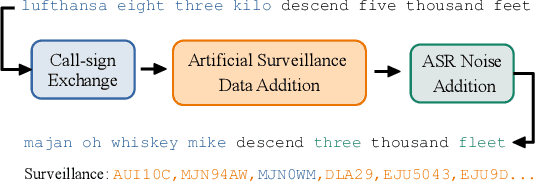
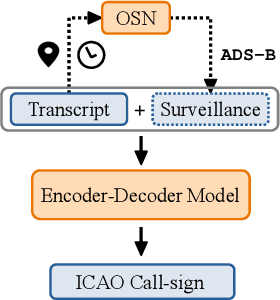
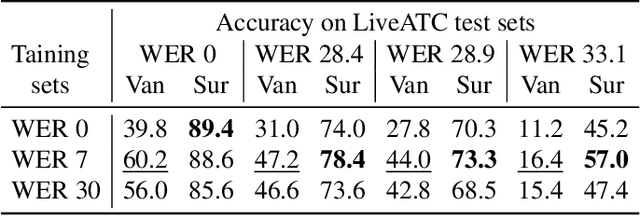
Abstract:Air traffic control (ATC) relies on communication via speech between pilot and air-traffic controller (ATCO). The call-sign, as unique identifier for each flight, is used to address a specific pilot by the ATCO. Extracting the call-sign from the communication is a challenge because of the noisy ATC voice channel and the additional noise introduced by the receiver. A low signal-to-noise ratio (SNR) in the speech leads to high word error rate (WER) transcripts. We propose a new call-sign recognition and understanding (CRU) system that addresses this issue. The recognizer is trained to identify call-signs in noisy ATC transcripts and convert them into the standard International Civil Aviation Organization (ICAO) format. By incorporating surveillance information, we can multiply the call-sign accuracy (CSA) up to a factor of four. The introduced data augmentation adds additional performance on high WER transcripts and allows the adaptation of the model to unseen airspaces.
Contextual Semi-Supervised Learning: An Approach To Leverage Air-Surveillance and Untranscribed ATC Data in ASR Systems
Apr 08, 2021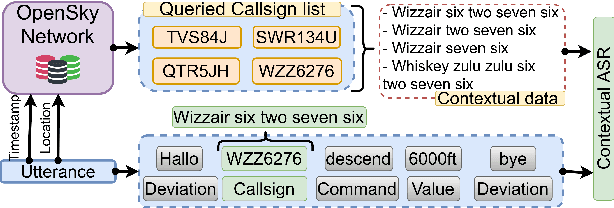
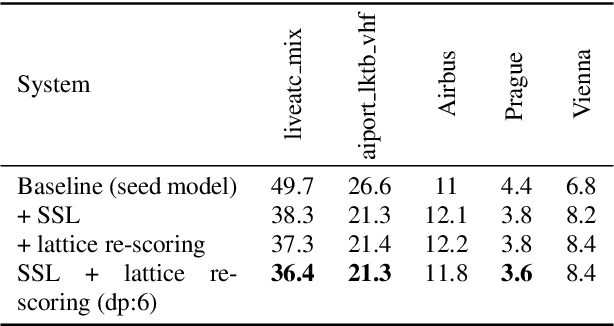


Abstract:Air traffic management and specifically air-traffic control (ATC) rely mostly on voice communications between Air Traffic Controllers (ATCos) and pilots. In most cases, these voice communications follow a well-defined grammar that could be leveraged in Automatic Speech Recognition (ASR) technologies. The callsign used to address an airplane is an essential part of all ATCo-pilot communications. We propose a two-steps approach to add contextual knowledge during semi-supervised training to reduce the ASR system error rates at recognizing the part of the utterance that contains the callsign. Initially, we represent in a WFST the contextual knowledge (i.e. air-surveillance data) of an ATCo-pilot communication. Then, during Semi-Supervised Learning (SSL) the contextual knowledge is added by second-pass decoding (i.e. lattice re-scoring). Results show that `unseen domains' (e.g. data from airports not present in the supervised training data) are further aided by contextual SSL when compared to standalone SSL. For this task, we introduce the Callsign Word Error Rate (CA-WER) as an evaluation metric, which only assesses ASR performance of the spoken callsign in an utterance. We obtained a 32.1% CA-WER relative improvement applying SSL with an additional 17.5% CA-WER improvement by adding contextual knowledge during SSL on a challenging ATC-based test set gathered from LiveATC.
BCN2BRNO: ASR System Fusion for Albayzin 2020 Speech to Text Challenge
Jan 29, 2021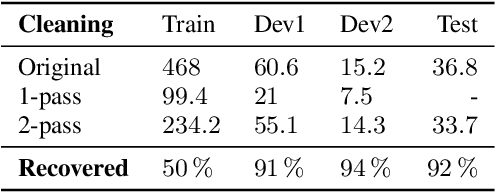
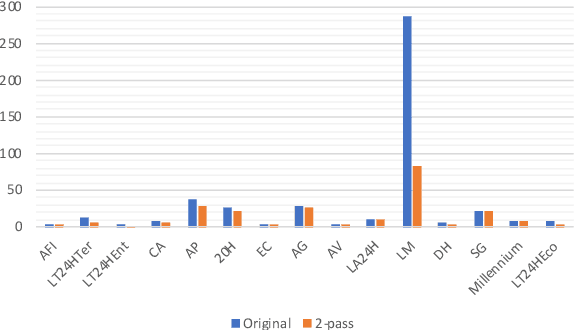
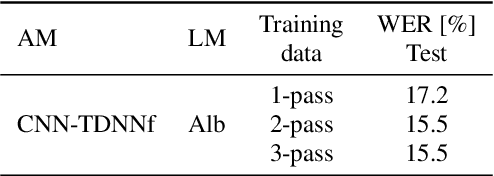
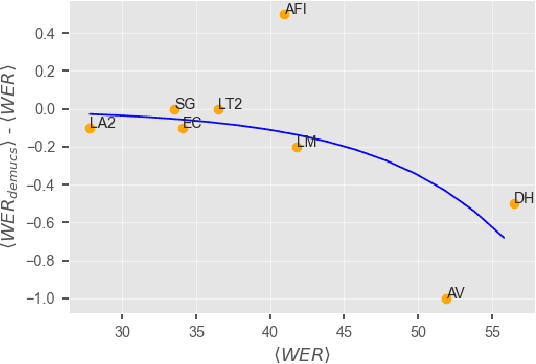
Abstract:This paper describes joint effort of BUT and Telef\'onica Research on development of Automatic Speech Recognition systems for Albayzin 2020 Challenge. We compare approaches based on either hybrid or end-to-end models. In hybrid modelling, we explore the impact of SpecAugment layer on performance. For end-to-end modelling, we used a convolutional neural network with gated linear units (GLUs). The performance of such model is also evaluated with an additional n-gram language model to improve word error rates. We further inspect source separation methods to extract speech from noisy environment (i.e. TV shows). More precisely, we assess the effect of using a neural-based music separator named Demucs. A fusion of our best systems achieved 23.33% WER in official Albayzin 2020 evaluations. Aside from techniques used in our final submitted systems, we also describe our efforts in retrieving high quality transcripts for training.
BUT Opensat 2019 Speech Recognition System
Jan 30, 2020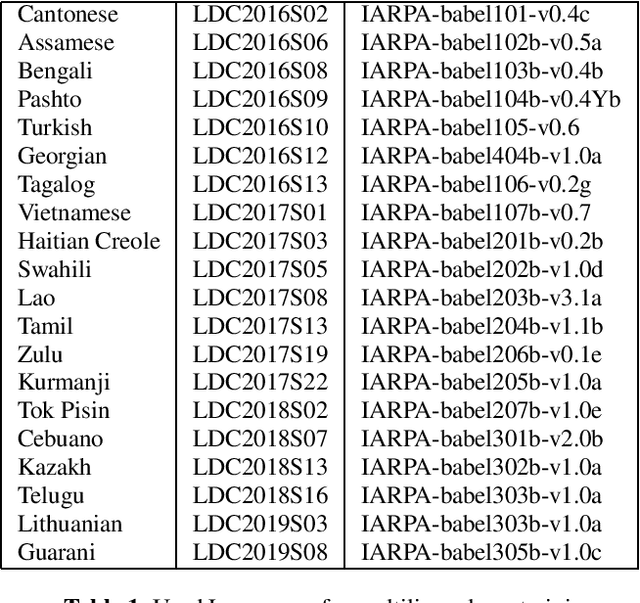
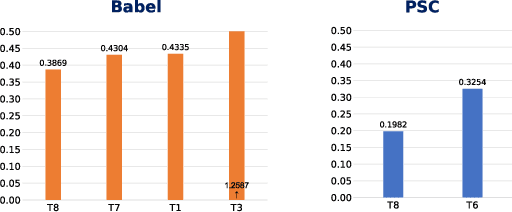
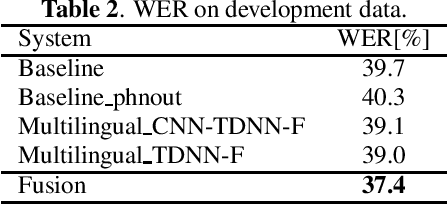

Abstract:The paper describes the BUT Automatic Speech Recognition (ASR) systems submitted for OpenSAT evaluations under two domain categories such as low resourced languages and public safety communications. The first was challenging due to lack of training data, therefore various architectures and multilingual approaches were employed. The combination led to superior performance. The second domain was challenging due to recording in extreme conditions such as specific channel, speaker under stress and high levels of noise. Data augmentation process was inevitable to get reasonably good performance.
 Add to Chrome
Add to Chrome Add to Firefox
Add to Firefox Add to Edge
Add to Edge